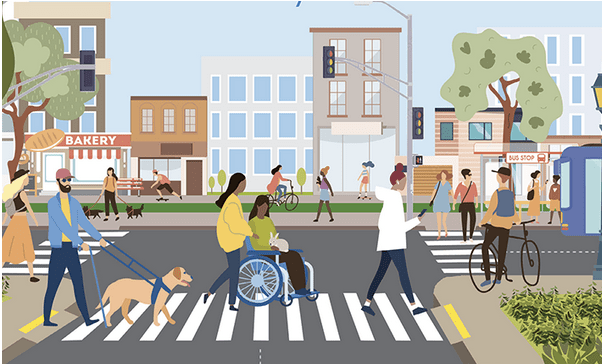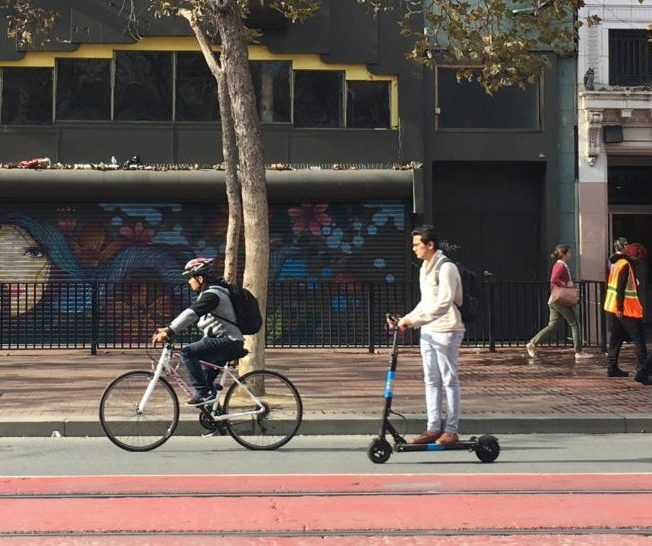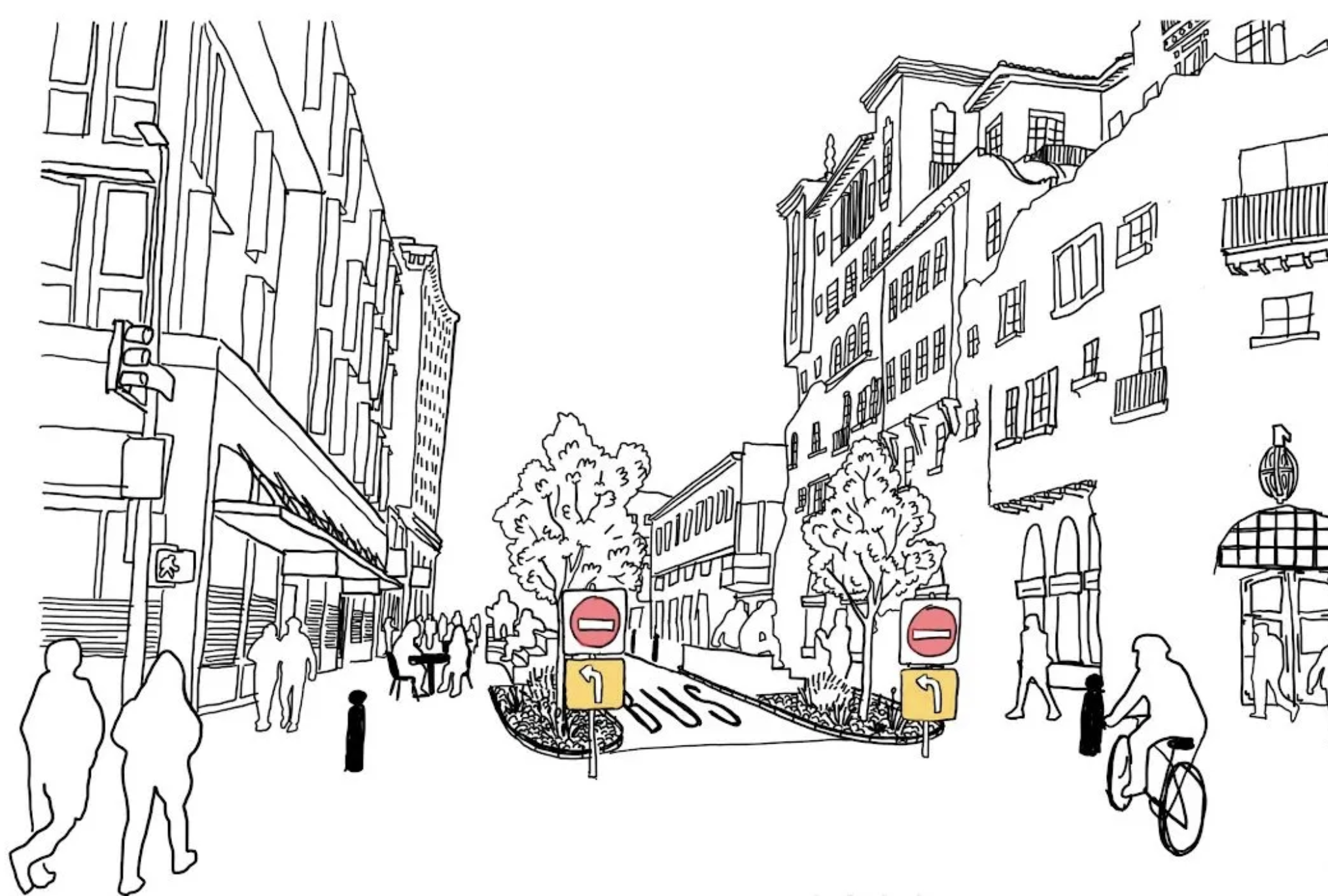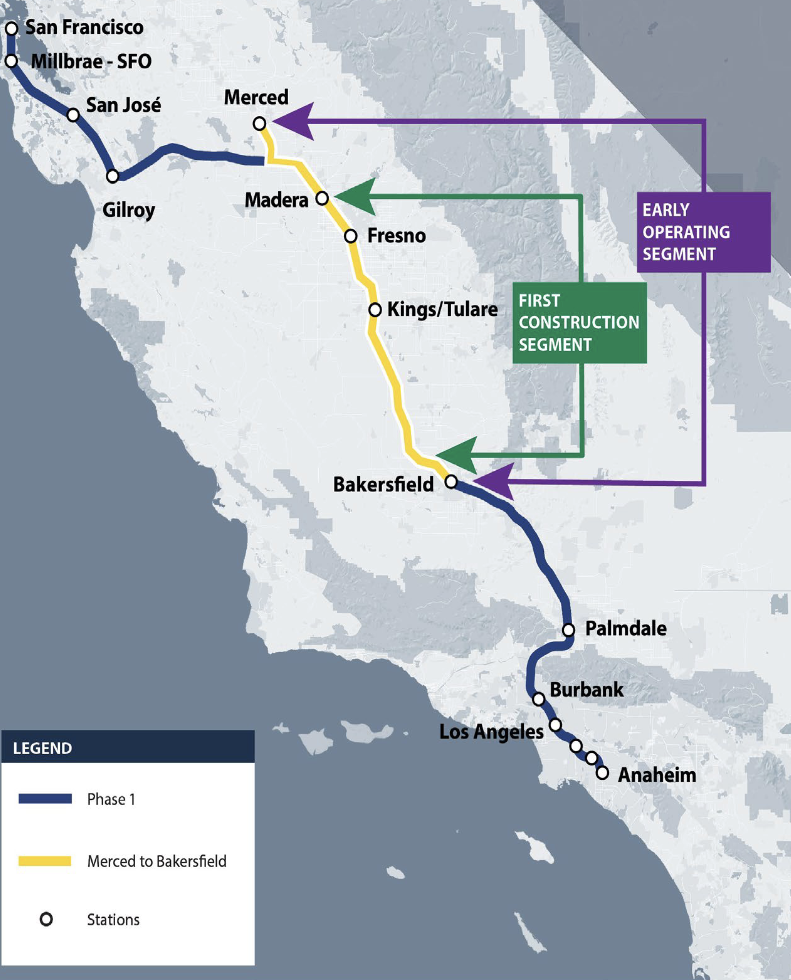Note: GJEL Accident Attorneys regularly sponsors coverage on Streetsblog San Francisco and Streetsblog California. Unless noted in the story, GJEL Accident Attorneys is not consulted for the content or editorial direction of the sponsored content.
The National Complete Streets Coalition tracks, evaluates, and encourages state and local jurisdictions to create strong policies that will lead to safer streets for all people using them. "Adopting a Complete Streets policy is a crucial first step to reducing traffic violence, improving health equity, responding to the climate crisis, and rectifying a long history of inequitable transportation practices," writes Smart Growth America (SGA) in its announcement of a new report, Best Complete Streets Policies 2023.
Sacramento landed among the top ten strongest policies passed since 2019 (at number 10, out of 157). The city adopted its policy in 2019 and earned a total score of 78, with high marks for its commitment and vision and for making sure its policy applies to all projects, not just a subset of "complete streets" or "active transportation" projects. Where Sacramento still needs to do a work is in adopting proactive and supportive land-use planning, setting criteria around choosing projects, and requiring an implementation plan. In this, the city only scored 3 out of a possible ten, with minimal scores for having a specific time frame for plan revisions, training, and naming responsible parties. Sacramento got zero out of a possible score of 6 for community engagement as well.
But also: Fresno also came close, with a score of 77 - not quite enough to reach the top ten but a good try. According to its score, Fresno needs to work on clarifying where exceptions are allowed, improving its design guidance, improving land use planning, measuring progress, setting criteria for choosing projects, and creating a plan for implementation.
Notice that some of those are pretty big lifts; the land use planning, for example, has historically been conducted outside the realm of transportation entirely - but it's a shift that needs to happen nevertheless.
Strong Policy Is Not Everything
Recognizing that policy is just a first step, SGA writes that "even the strongest local Complete Streets policies will have little impact on the state-owned or controlled roads that are still designed for speed over safety." And that is because the vast majority of transportation spending still goes towards the status quo: building faster and wider roads rather than prioritizing safe travel. The difference is not small; nationally, even if $1 billion were spent on safe streets policies, over $50 billion is still handed out by Congress for road building. This is just as true in California, where right now safety advocates are fighting over scraps while the highway budgets remain untouched.
Complete streets policies are a "crucial first step" in a necessary and massive paradigm shift that is not coming fast enough to reduce alarming rates of death and injury on roads. While Smart Growth America and the National Complete Streets Coalition have regularly celebrated and rated these policies around the country, they have also seen the term co-opted and watered down by DOTs and transportation planners who use it to add a veneer of legitimacy to their highway projects.
They also acknowledge that most of these policies weren't having the desired effect anyway. Pedestrian injuries and fatalities have continued to rise, and it was becoming more and more clear that the people who were most likely to be hit were those historically marginalized from planning processes - people of color and people who live in low-income areas.
So the advocates revamped their scoring criteria in 2018 to encourage stronger policies that emphasize accountability and equity. Their "Ten Elements of a Strong Complete Streets Policy" include:
- Establishing commitment and vision
- Prioritizing underinvested and underserved communities
- Applying to all projects and phases
- Allowing only clear exceptions
- Mandating coordination
- Adopting excellent design guidance
- Requiring proactive land-use planning
- Measuring progress
- Setting criteria for choosing projects
- Creating a plan for implementation
Unsurprisingly, the immediate effect of changing the rubric was lower scores for most policies. However, just like in school, average scores began going up, rising five points in the next few years.
The average score is still, however, only 45 out of 100, so there is a lot of work ahead. Meanwhile, the scores of the strongest policies were rising faster, with the average score for the top eleven in the current report landing at 89.2 out of 100. "The Coalition attributes this jump to the hard work of advocates, policymakers, and practitioners pushing for change and leaning on resources like our Complete Streets Policy Framework and Best Complete Streets Policies reports to develop policies with strong implementable and equitable language," they write.
The California jurisdictions that passed complete streets policies since 2019, and were evaluated in this report, are Sacramento (78), Fresno (77), the Metropolitan Transportation Commission - San Francisco Bay Area (67), Caltrans (61), and the city of San Jose (39).
How Some Achieved Strong Complete Streets Policies
Since SGA started evaluating these policies over the last eleven years, over 1700 such policies have been passed. The purpose of the project is the celebrate the good ones and encourage better ones, of course. They held a recent webinar, still available on YouTube, to hear from leaders who helped create four strong Complete Streets policies recently: Howard County, Maryland; Tucson, Arizona; El Paso, Texas, and Joplin, Missouri.
One of the biggest takeaways from that webinar is the recognition that no one can do this work alone. All of the leaders who spoke talked about what it took to slowly build trust and capacity in their communities, work with existing groups, and build support and get funding to continue and expand the conversation.
They also emphasized that every place is different, with different needs and histories and capacity, but that in the end people all want the same thing, which is to be safe when they travel. Michael Kelly spoke of making sure the horse-drawn carriages of the local Amish and Mennonite communities in Broward County were accounted for in their policy. But his organization, Bike Walk Kansas City, also developed a complete streets ordinance template that could be customized for different communities.
"Complete Streets are more of a process than a product," said Steve Davis, head of Transportation Strategy at SGA. "It's an aspiration, to always be improving streets for everyone who uses them. And it's important to help people keep in mind that the cost of building safer streets is minimal compared to the cost of not doing so, which is unacceptable death and injury."





